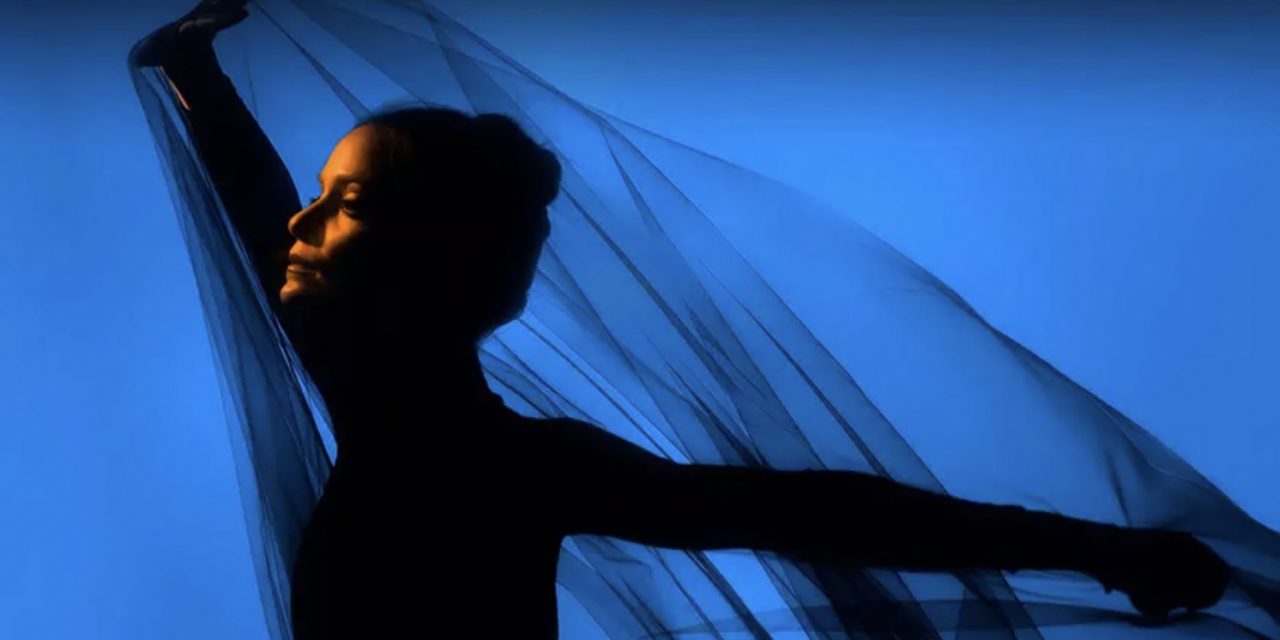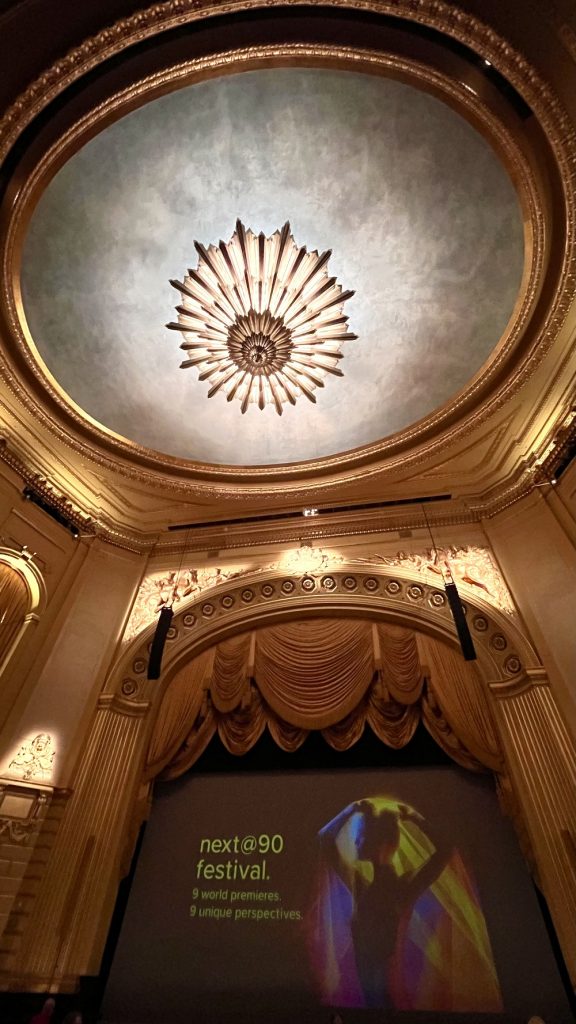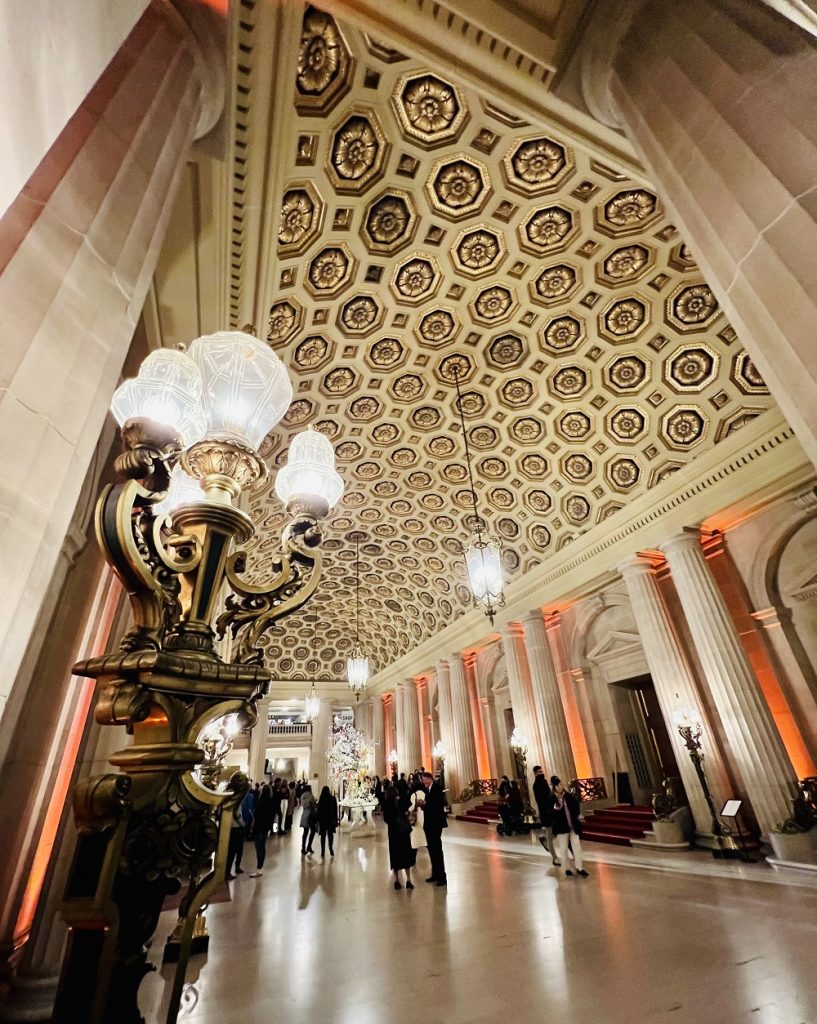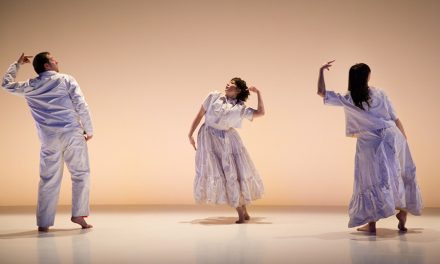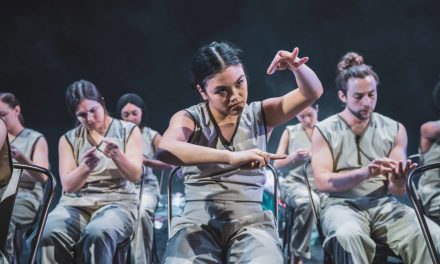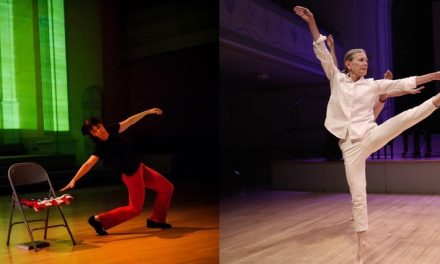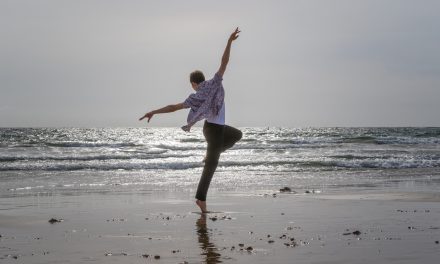To open its 2023 season, the San Francisco Ballet launched next@90, a festival premiering nine new works by choreographers from around the world. Tamara Rojo, the company’s new Artistic Director, proclaimed that the festival “embodies our eye to the future” as America’s oldest ballet company celebrates its 90th anniversary. Ultimately, what does the festival demonstrate about the state of American contemporary ballet? Here are three takeaways about its present and future.
First, contemporary ballet itself is not a genre, style, or movement. There is no unifying perspective or approach behind today’s contemporary works in the way that critiques of the concepts of truth and reality underlie the post-modernism movement in art, for example. As shown through the festival’s thematic breadth, a contemporary ballet can reverently explore the intricacies of a Mozart serenade (Robert Garland’s Haffner Serenade) or irrelevantly probe the emotional vulnerability of clowns (Danielle Rowe’s MADCAP). Yes, clowns! It can retell a Biblical story with a narrative structure (Bridget Breiner’s The Queen’s Daughter) or abstractly pursue a universal theme about time (Claudia Schreier’s Kin). It can be performed in pointe shoes and tutus or barefoot in oversized suit jackets, accompanied by orchestral symphonies and set pieces or electronic soundscapes and digital projections.
With nothing off-limits, contemporary ballet investigates how to use classical ballet’s movement vocabulary for modern expression. Each new work argues that ballet, a centuries old classical art form, still lives and breathes through its dancers in a complicated world where there is no singular contemporary experience or perspective. The festival attested to ballet’s malleability to be democratized and its power to be a lasting mode of creativity.
The festival revealed a second truth about American contemporary ballet: despite the possibilities in what can be presented, mixed repertory contemporary ballet is still imbued with conservatism in how it is presented. Dancers deliver a final product to an audience who sits quietly and respectfully in a dark theater, and the behind-the-scenes process is invisible. Indeed, such a traditional relationship between artist and spectator was evident throughout the festival, where each ballet was performed with full orchestra. Only Yuka Oishi’s Bolero explored something different. In that piece, dancers walked onto an empty stage before intermission had concluded and the theater lights had dimmed, challenging the notion that a performance definitively begins when the audience gives its undivided attention.
Part of ballet’s enduring allure (or curse?) is its culture of polish and perfection, which explains why using ballet barres as an onstage prop—typically a symbol of practice rather than performance—still feels innovative, as it did in Yuri Possokhov’s Violin Concerto. It is also why companies inviting donors to open rehearsals or ballet dancers showing a “day in the life” via Instagram stories are key marketing techniques for deepening connections to the art form. They help to close the chasm between artist and audience that still exists in the theater.
Finally, the festival offered insights into who is being given the platform to propel contemporary ballet forward. Of the nine choreographers commissioned, three have danced with San Francisco Ballet specifically, and all have either danced ballet professionally or have residencies at major ballet companies. We must be skeptical of any claim that only those from within the ballet world should be allowed to modernize it, but there is also truth to Igor Stravinsky’s adage that “through discipline comes freedom.” Those who dedicated themselves to mastering ballet’s form may be best suited to investigate its possibilities.
If ballet companies plan to continue drawing from within their own ranks for new commissions, then they must affirmatively assume the role of being choreographic incubators to remain self-generating. We are quick to point to George Balanchine’s genius, but too easily forget the opportunities afforded to him to create a staggering 400 ballets. Brilliance necessitates studio space, time, and willing dancers to flourish, and companies and schools should provide plentiful opportunities for dancers to develop their choreographic voice. It is heartening to hear Rojo describe in a recent interview that one of the roles for her new associate artistic director is to mentor dancers with an interest in choreographing.
In a climate where the word “festival” conjures up images of a Coachella weekend rather than ballet in an opera house, San Francisco Ballet’s next@90 festival successfully generated buzz about the art form. The company’s eye is to the future, and American ballet must continue to examine its place in our cultural landscape and invest in the choreographic minds of those who have invested their bodies.
Written by Laura Goodall
Featured image: Sasha De Sola – Photo ©Alexis Cuarezma – Courtesy of San Francisco Ballet

